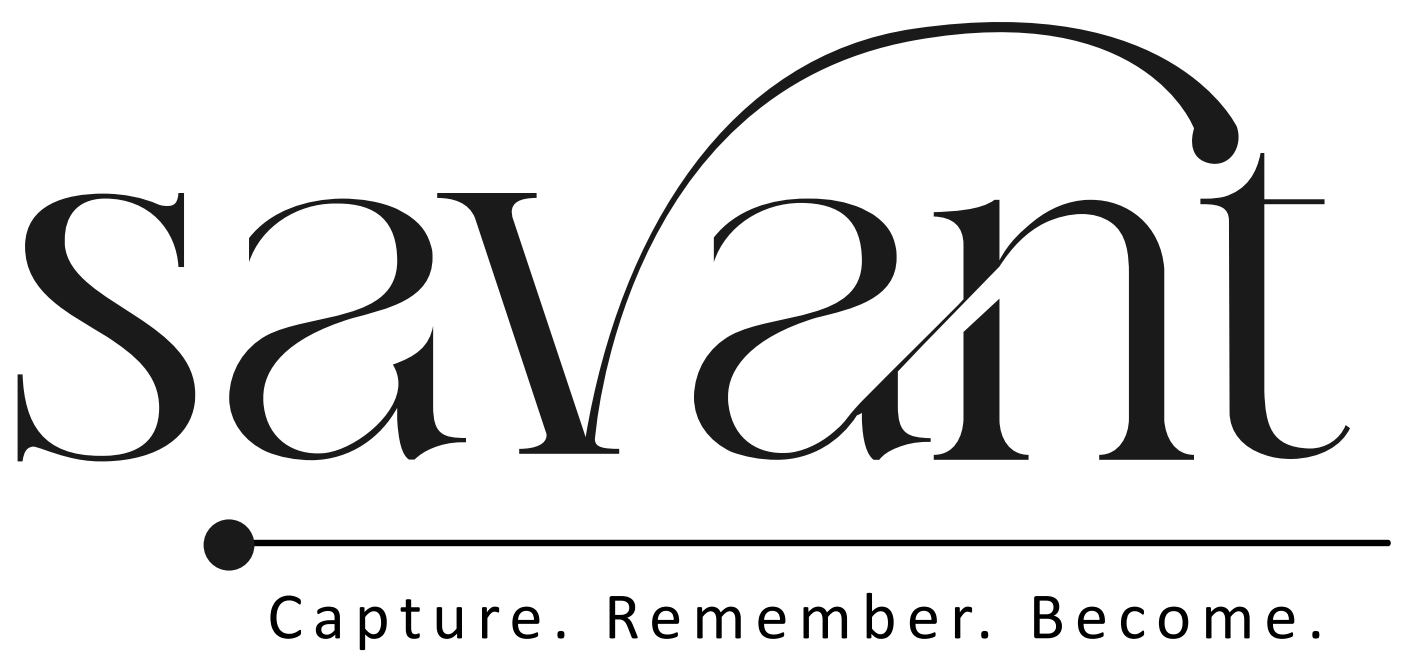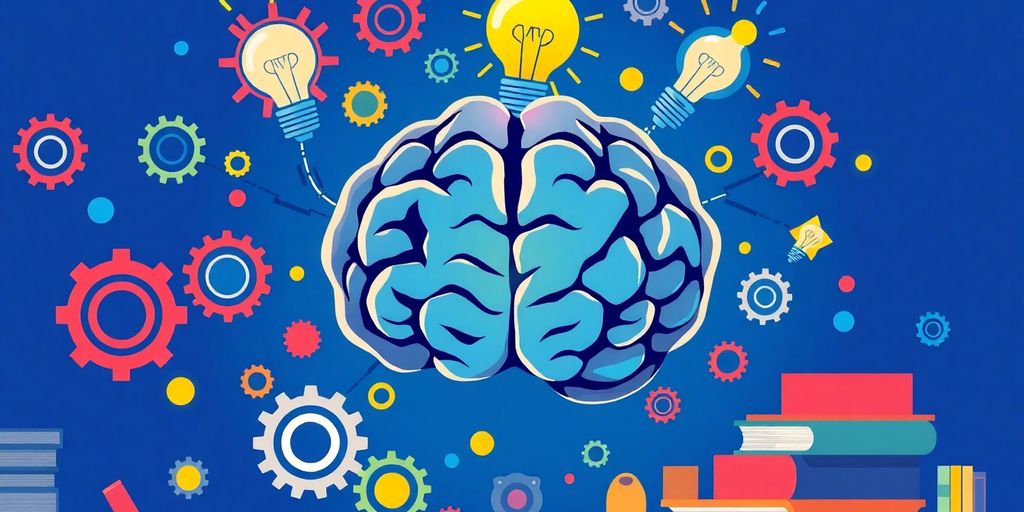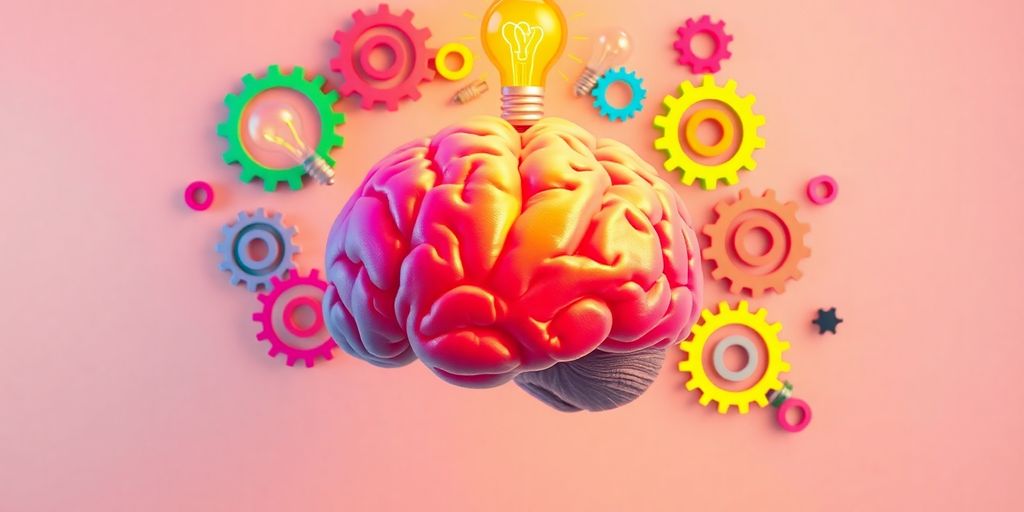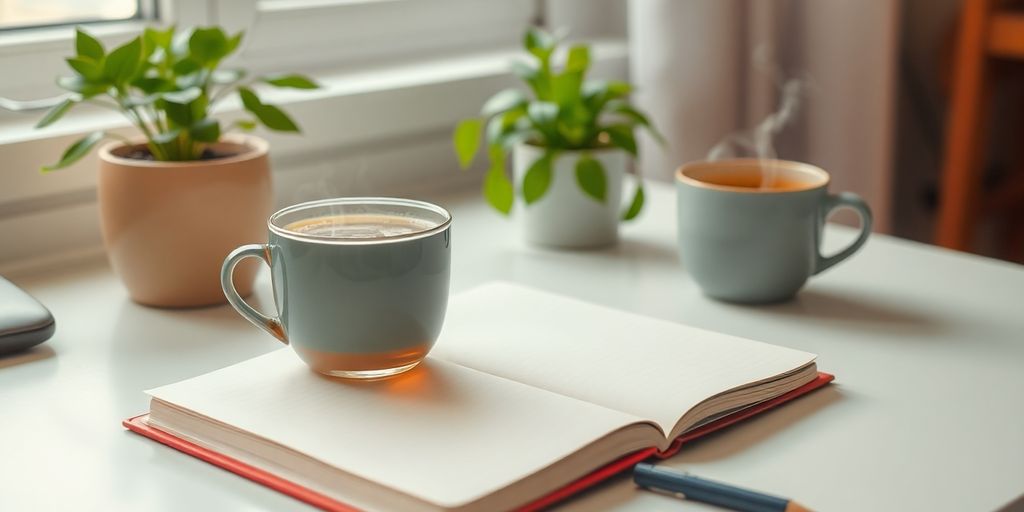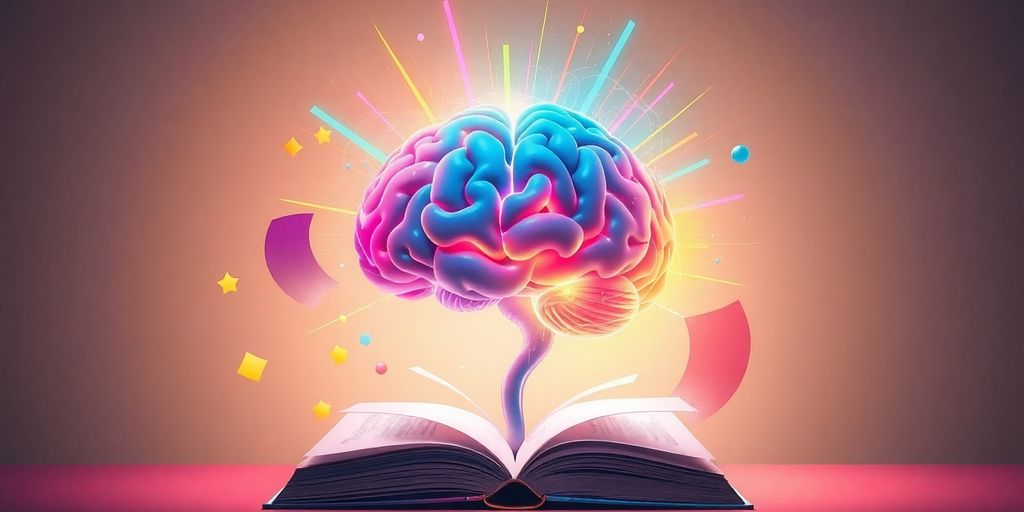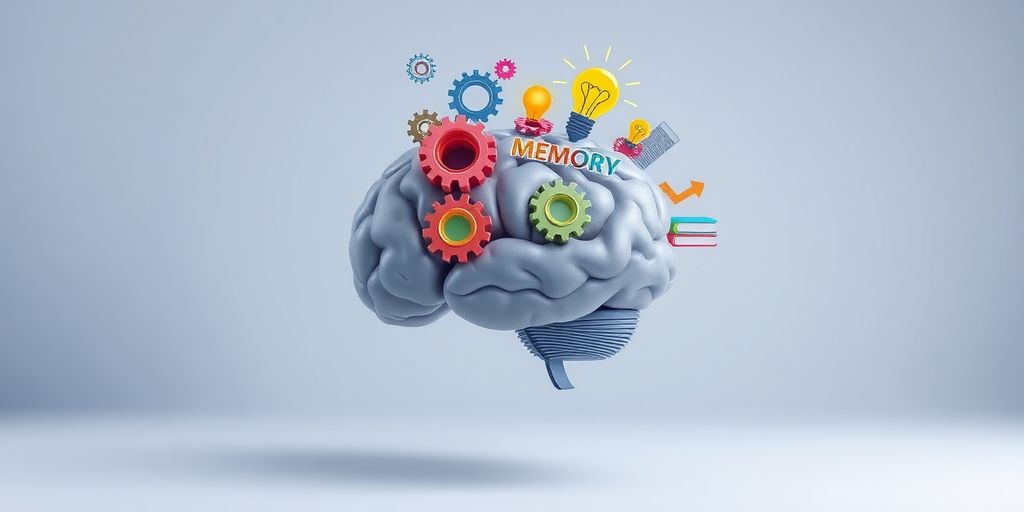Memorizing information quickly is a skill that can be developed with the right techniques. In this article, we explore various methods that can help anyone enhance their memory and recall abilities. From understanding how memory works to applying practical strategies, you will learn how to master the art of memory effectively.
Key Takeaways
- Memorization is a skill that can be learned and improved.
- Using visual aids and engaging multiple senses helps in retaining information better.
- Active recall and spaced repetition are key strategies for long-term memory.
- Creating connections between new information and what you already know boosts understanding.
- Tailoring memorization techniques to your learning style enhances effectiveness.
Understanding the Basics of Memory

The Science Behind Memory
Memory is a fascinating process that involves how we encode, store, and retrieve information. Understanding how memory works can help you remember things faster. Our brains are like complex computers, processing and organizing information in ways that can be improved with practice.
Common Misconceptions About Memory
Many people believe that memory is fixed and unchangeable. In reality, memory is a skill that can be developed! Here are some common myths:
- Memory is just about memorizing facts.
- You either have a good memory or you don’t.
- Older people can’t improve their memory.
The Three R’s of Remembering
The three R’s of remembering are:
- Record: Take in the information.
- Retain: Keep it in your mind.
- Retrieve: Bring it back when you need it.
These steps are essential for effective memorization. If you focus on building connections between pieces of information, you can enhance your memory skills significantly.
Remember, the best memorization techniques for professionals involve understanding these basic principles. By mastering them, you can remember details and retain information better!
Techniques to Memorize Something Fast
Using Visual Imagery Mnemonics
Visual imagery mnemonics are a fun way to remember things quickly. By creating vivid mental images, you can link new information to something you already know. For example, if you need to remember a grocery list, picture a giant apple wearing sunglasses! This technique makes the information stickier in your mind.
The Method of Loci Explained
The Method of Loci, also known as the Memory Palace technique, involves imagining a familiar place and associating items you want to remember with specific locations in that place. For instance, if you want to remember a speech, visualize walking through your home and placing each point in a different room. This method is powerful because it uses spatial memory to enhance recall.
Link and Story Method
This method is super simple and effective. You create a story that links the items you want to remember. For example, if you need to remember a cat, a hat, and a bat, you might imagine a cat wearing a hat while swinging a bat! The crazier the story, the better it sticks in your memory. Here’s a quick list of steps to use this method:
- Choose your items to remember.
- Create a silly story that connects them.
- Visualize the story in your mind.
Remember, the more vivid and outrageous your story, the easier it will be to recall the information later!
Using these techniques can help you memorize things faster and more effectively. So, get creative and start practicing!
Active Learning Strategies
The Power of Active Recall
Active recall is all about testing yourself on what you’ve learned. This method helps strengthen your memory pathways. Instead of just reading or listening, try to remember the information without looking at your notes. Here are some ways to practice active recall:
- Quiz yourself regularly.
- Use flashcards to test your knowledge.
- Teach the material to someone else.
Spaced Repetition for Long-Term Retention
Spaced repetition is a technique where you review information at increasing intervals. This method is effective because it helps combat the forgetting curve. By revisiting material multiple times, you can keep it fresh in your mind. Here’s a simple schedule you can follow:
| Day | Review Frequency |
|---|---|
| 1 | Study new material |
| 2 | Review once |
| 4 | Review again |
| 7 | Final review |
Incorporating Multi-Sensory Learning
Using multiple senses can make learning more engaging and effective. When you involve sight, sound, and touch, you create stronger connections in your brain. Here are some ideas:
- Use videos or diagrams to visualize concepts.
- Listen to audio recordings of the material.
- Write notes by hand to engage your sense of touch.
Remember, the more senses you use, the better you’ll remember!
By applying these active learning strategies, you can enhance your memory and make studying more enjoyable. Don’t forget to mix things up!
Building Effective Study Habits
Creating a Study Schedule
Creating a study schedule is a game changer! Having a plan helps you stay on track and makes studying less overwhelming. Here are some tips to get started:
- Set specific times for studying each day.
- Break your study sessions into manageable chunks.
- Include breaks to keep your mind fresh.
The Importance of Consistency
Consistency is key when it comes to studying. Regular study habits help reinforce what you learn. Here’s why it matters:
- It builds a routine, making studying a habit.
- You’ll retain information better over time.
- It reduces last-minute cramming stress.
Avoiding Common Pitfalls
Even the best study plans can go off track. Here are some common pitfalls to avoid:
- Procrastination: Don’t wait until the last minute to study.
- Distractions: Find a quiet place to focus.
- Overloading: Don’t try to learn too much at once.
Remember, building effective study habits takes time and practice. Stay positive and keep pushing forward!
Tools and Resources to Enhance Memory
When it comes to boosting your memory, having the right tools can make a big difference. Here are some great resources to help you on your journey:
Using Flashcards Effectively
- Flashcards are a classic tool for memorization. They help you actively recall information, which is key to strengthening your memory.
- You can create your own flashcards or use apps that offer pre-made ones.
- Tip: Use images and colors to make your flashcards more engaging!
Leveraging Technology for Memory Improvement
- There are many apps designed to enhance memory. These can help you organize your study materials and schedule reviews.
- Some popular options include:
- Anki: Great for spaced repetition.
- Quizlet: Offers various study modes and games.
- Savant: Combines multimedia flashcards with smart scheduling.
Recommended Apps and Tools
Here’s a quick table of some recommended tools:
| Tool/App | Features |
|---|---|
| Anki | Spaced repetition, customizable decks |
| Quizlet | Games, study modes, and collaboration |
| Savant | Multimedia flashcards, scheduled reviews |
| Memrise | Engaging language learning with visuals |
Remember: The right tools can make learning fun and effective! Experiment with different resources to find what works best for you.
By using these tools, you can enhance your memory and make learning a more enjoyable experience. Happy studying!
Adapting Techniques to Your Learning Style
Identifying Your Learning Style
Understanding how you learn best is the first step to improving your memory. Here are some common learning styles:
- Visual Learners: Prefer images, diagrams, and charts.
- Auditory Learners: Learn best through listening and speaking.
- Kinesthetic Learners: Prefer hands-on experiences and movement.
Knowing your style can help you choose the right techniques!
Customizing Techniques for Better Results
Once you know your learning style, you can adapt memory techniques to fit it:
- Visual Learners: Use mind maps or colorful flashcards.
- Auditory Learners: Try recording yourself reading notes and listen to them.
- Kinesthetic Learners: Engage in role-playing or use physical objects to represent concepts.
Overcoming Learning Challenges
Sometimes, you might face challenges in learning. Here are some tips to overcome them:
- Break down complex information into smaller parts.
- Use repetition to reinforce memory.
- Stay positive and remind yourself that everyone learns at their own pace.
Remember, adapting your study techniques to your learning style can make a big difference in how well you remember information!
Advanced Memory Techniques
Memory Palace Method
The Memory Palace method is a classic technique that helps you remember information by associating it with specific locations. Imagine a place you know well, like your home. As you mentally walk through it, you can place items you want to remember in different rooms. This method is super effective! When you need to recall the information, just visualize walking through your palace and seeing each item.
Substitution Method for Abstract Concepts
Sometimes, you need to remember abstract ideas or words that don’t have a clear image. The substitution method helps with this by turning those words into pictures. For example, if you want to remember the word "freedom," you might picture a bird flying away. This makes it easier to recall later. Here’s how to do it:
- Identify the abstract word.
- Think of a related image.
- Visualize that image clearly in your mind.
Techniques Used by Memory Champions
Memory champions use a variety of techniques to memorize vast amounts of information quickly. Here are some popular ones:
- Visual Imagery Mnemonics: Creating vivid images in your mind to represent information.
- Link and Story Method: Making a story that connects different items you want to remember.
- Spaced Repetition: Reviewing information at spaced intervals to help it stick.
Mastering these techniques can transform your memory skills. With practice, you can remember things faster and more effectively!
Wrapping It Up: Your Memory Journey
So there you have it! Mastering memory isn’t just a dream; it’s totally doable with the right techniques. By using fun methods like flashcards, stories, and even visual tricks, you can make remembering things a breeze. Remember, it’s all about practice and finding what works best for you. Don’t forget to mix things up and keep it interesting! With a little effort, you’ll be amazed at how much you can remember. So go ahead, unleash your inner memory master and enjoy the journey!
Frequently Asked Questions
What are some easy ways to improve my memory?
You can boost your memory by using techniques like visual images, making connections between ideas, and practicing regularly. Active participation helps a lot!
How does spaced repetition work?
Spaced repetition means reviewing information at increasing intervals. This method helps move knowledge from short-term to long-term memory.
What is the method of loci?
The method of loci involves visualizing a familiar place and associating items you want to remember with specific locations in that place.
Why is active recall important?
Active recall is when you test yourself on what you’ve learned. This strengthens your memory and makes it easier to remember later.
Can technology help me memorize better?
Yes! There are apps that use multimedia flashcards and spaced repetition to make studying more effective and engaging.
What if I struggle to visualize things?
If you find it hard to create mental images, try using other senses or methods that don’t rely on visualization, like verbal associations.
